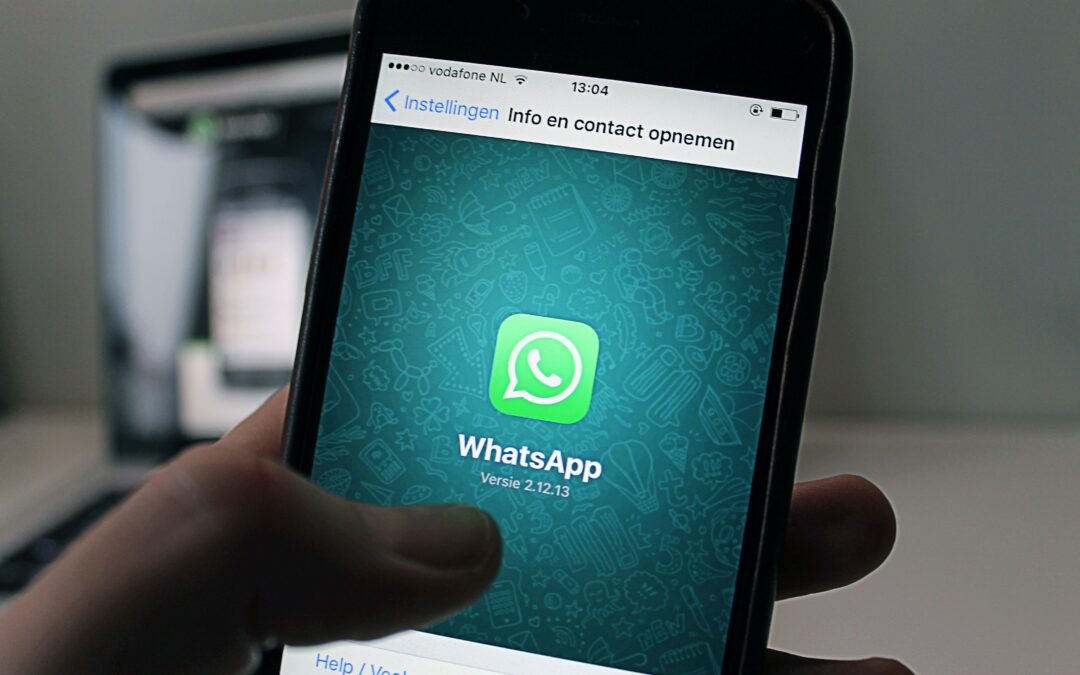When the International Organization for Migration (IOM UN Migration) wanted to survey migrants in Senegal, they faced a huge obstacle: How do you survey people who are illiterate or struggle to read & write?
When you do on-site interviews this is not an issue: the interviewer simply talks.
But what if you want to survey people at scale, spread out over a wide area? (In other cases, it may also not be safe for your staff.) This is especially true in times of COVID, when physical contact should be limited to the minimum.
So, how can you get such a survey off the ground in a quick, safe, and cost-efficient manner?
Voice IVR Surveys to the rescue?
The typical answer to this question is: surveys using automated voice calls, or as they are also known: Interactive Voice Response calls (IVRs).
As we’ve discussed in another blog post, IVR calls allow you to quickly gather information from thousands of people, using keypresses and voice recordings. IVR is simple, it works, it scales. Using the engageSPARK platform, you can deploy it quickly, and safely.
In this case, though, IOM wanted to try something new: a survey with WhatsApp, the global messaging platform by Facebook.
What triggered this idea?
Talk like they talk
If you want to talk to a group of people, it sometimes helps to ask: How do they talk to each other?
For IOM, that was the right question.
The people IOM intended to survey, even the illiterate ones, were using WhatsApp—without text. Instead of typing, they would send each other little voice snippets, using audio recordings. See the following screenshot:

To use WhatsApp like that all you need to do is press a button and listen, press another button and talk.

That’s how even completely illiterate people chat with each other.
Sometimes, WhatsApp is free!
So, in Senegal, the reason was that WhatsApp makes “chatting via voice” really easy.
In other countries, it can have another advantage (and it had until recently in Senegal): it’s free.
In many places, Facebook cooperates with local telcos to offer its services to subscribers without them having to pay for data. So, even if you can’t afford to top up your prepaid credits and buy a data package, Messenger, Facebook, Instagram, and WhatsApp are often still available.
What are the alternatives? Chatting with SMS costs you money to send, apart from the text problem. Viber or Telegram? You need mobile data. But with WhatsApp? If they’re lucky, with WhatsApp, people can talk to each other for free.
An IVR Survey—using WhatsApp
So, IOM set out to try exactly that kind of “WhatsApp audio chat” for their survey—but automated and at scale, using the engageSPARK platform’s WhatsApp feature.
How does an IVR Survey via WhatsApp work for the survey participant?

How do you set one up?
Let’s say you want to create such a survey. How would you even do that?
With the engageSPARK platform, setting up a WhatsApp Survey is a breeze. If you’re already familiar with SMS surveys or Voice IVR surveys, then this will look very familiar.
Here are the steps:
- You create a WhatsApp Survey campaign.
- You record a question: “Hello, what is your gender? Reply with 1 for female, 2 for male, 3 for other genders”.
- You list all valid answers, for example: 1, 2, and 3, “male”, “female”, “other”.
- What happens when an answer is invalid? For example, if someone replies with “I don’t understand” or “???” you could send a recording that explains how to answer the question.
- You add more questions.
- You select a WhatsApp-enabled number to send your questions from.
Then you launch your campaign and add people to it.
That’s it.
By the way, did you know that you can record questions and replies directly from your web browser? Read here for more info.
Survey language problems
The survey questions IOM wanted to ask were in Wolof. Unfortunately, this became a problem with restrictions specific to WhatsApp messaging.
If you want to reach out to someone in WhatsApp who has not messaged you recently, you must do so with a “template message”.
A template message is a text message that follows a pattern, for example: “Hello {firstname} thank you for your interest in our survey. Please reply YES if you want to continue.” The message must be pre-approved by WhatsApp.
The language of the template message has to be on a list provided by WhatsApp—and Wolof is not on it. (Presumably, so WhatsApp can verify the content of the message easily.)
All that meant that IOM had to send a template message in French (a language WhatsApp can approve template messages in) to people speaking mainly Wolof and who possibly couldn’t read. After someone replied to the template message, they would get the survey questions in Wolof (as those did not need to be approved by WhatsApp).
Results
How did IOM’s WhatsApp IVR Survey do?
IOM sent the French template message to 1,404 people, inviting them to proceed with the survey. Of those, 246 replied, and 207—or 15%—replied that they wanted to take the survey.
Of those 207 participants, 171 answered the first question, and 147—71% of those who agreed to take the survey—completed the survey.
From our years of running similar surveys, we can say: A 71% completion rate is an outstanding result! Congratulations to the IOM Senegal team. Check out their full study here.
Learning from the people you’re trying to serve, adapting to how they communicate, and using a platform that makes it easy—that’s how IOM made this survey a success. This blog post gives you an overview of research on humanitarian WhatsApp Surveys.
To learn more about how to use WhatsApp in your surveys and campaigns, please reach out to our support team via live chat.

